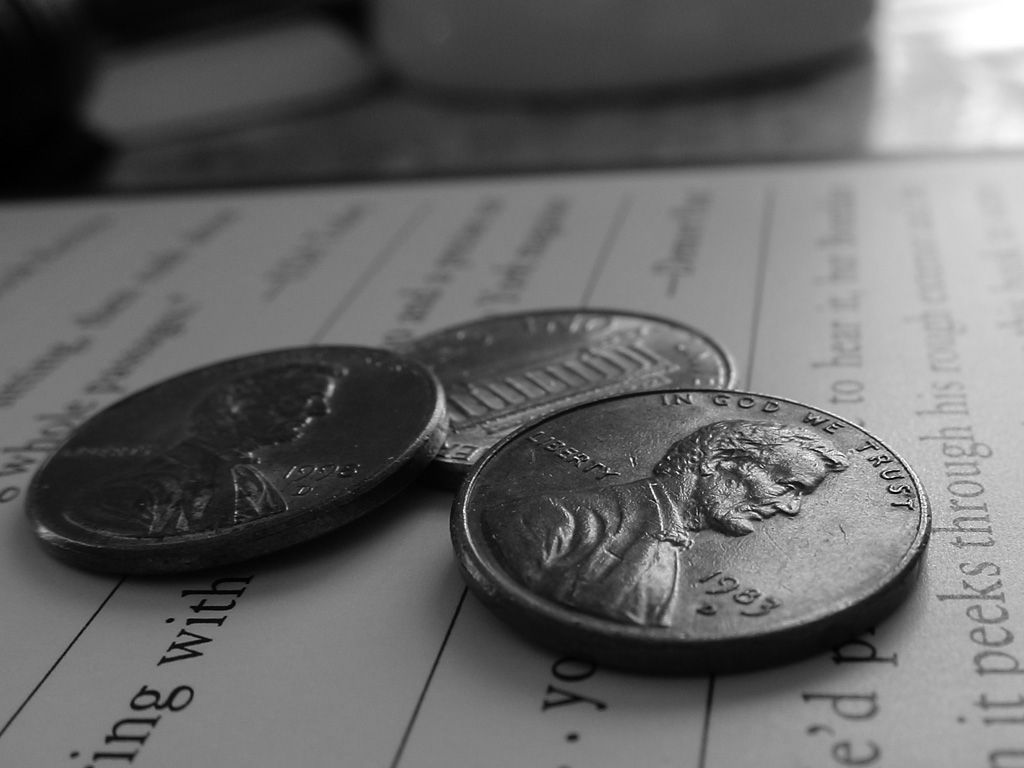It's a dilemma lots of folks face. Eat what you can afford or eat healthy. Eat what's quick and easy, or go hungry. Alright, that last one isn't going to happen, but the first one is a common problem. After all, when you can get a pizza for $5.00 to feed a couple...
Monday Money
Saving Money by Doing It Yourself
Time to add an update to the Monday Money series I started last year. Over the weekend, I replaced a kitchen faucet. Big whoop, some of you are saying. That's kids stuff. Except when you thought of yourself as being mechanically challenged. First let me tell you about...
The Monday Money Wrap-Up
In the past few weeks, I've noticed an influx of new readers and I want to introduce you to a regular feature I created last fall called Monday Money. Monday Money was started to share with you some of the steps that my wife and I took recently to reduce our living...
Scoring Free Movies
This weeks Monday Money tip is based on something we've been doing more of recently. Free movie rentals from our public library. 1st let's look at the alternatives. Friday nights are when movies debut in most theaters. Price for 2 tickets are going to range from $16...
Abundance and Scarcity
A Different slant to Monday Money today... I want to call to attention the contrast between not having enough, and having more than needed. I have been blessed to never have an empty kitchen. Growing up in a middle class family in the midwest, our kitchen cupboards...
Sleep on It
Monday Money continues with advice to those of us who are impulsive. Stop. Okay, that's too simple. Couples that agree about spending (and are successful) often do very little impulse spending. Or they have a budget for impulse spending! Nearly each time I had to make...
Keeping Your Head Above Water
Our Monday Money feature continues with a bare bones budgeting tip. I was once one of those guys who would forget to pay bills even though I had the money. The mail would come and I'd put the bills in a pile on my desk at home along with the rest of the mail and...
10 More Monday Money Tips
I subscribe to a few email blogs and I used to share a lot of the articles from Dumb Little Man. Here's an abbreviated version of an article they shared recently: There are no secrets to this strategy. It's just common sense. Here are my 10 favorite ways to live...
Living on 2 Percent Less
It's another Monday Money discussion, and this time I want to share with you what you'll notice when you get your next paycheck. It's 2% less. That's because "the payroll tax cut temporarily lowered the tax rate to 4.2 percent from 6.2 percent for income contributed...

